Where Are They Now? 10 Products From CES 2010

Looking Back At CES 2010
CES usually sees the debut of many compelling technologies and gadgets, and last year was no exception. In fact, many felt last year's CES was one of the best shows in recent memory. But sometimes what we see in Las Vegas doesn't always measure -- or even materialize -- in the real world. Here's a look back at some of the items from our "25 Must-See Products At CES 2010" to see which products became a reality, which ones launched to success, and which ones are missing in action.

Lenovo IdeaPad U1 And Skylight
Lenovo's IdeaPad U1 arguably stole the show last year, but it's been missing since. Billed as the industry's first laptop-tablet hybrid, the IdeaPad U1 features a touch-screen display that can be detached and used as a separate device. Meanwhile, Lenovo introduced a "smartbook" dubbed Skylight that combines smartphone and netbook capabilities into one mobile device. The IdeaPad U1 and Skylight were the biggest factors in Lenovo's successful showing at CES 2010.
Despite rave reviews at CES, Lenovo delayed the IdeaPad U1 and Skylight after deciding to drop the Linux OS and explore other platform options, namely Android. The U1 is still listed on Lenovo's product page, but with no release date and no word on the official OS. As for the Skylight, Lenovo on May 28 said, "The Company has shelved its plans to release the initial version of the Skylight smartbook that featured a proprietary Linux based OS."
IdeaPad U1 Status: Postponed indefinitely
Skylight Status: Shelved
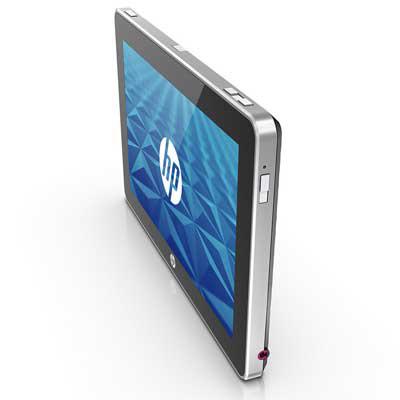
HP Slate 500
HP and Microsoft first teased HP's new tablet at CES 2010 during Microsoft CEO Steve Ballmer's keynote. As a result, big things were expected of the new device, even with the rumored iPad on the horizon. But the device was quickly overshadowed by Apple's tablet, and when the HP Slate 500 finally launched in October, it was an afterthought. It appeared HP was aiming the nine-inch tablet at the consumer market and would compete with the iPad. But HP changed course and began promoting the Windows 7-powered tablet as a business-class device designed to compete more with Cisco's Cius tablet than other consumer-focused gadgets. The product has impressive specifications -- a 1.86 GHz Intel Atom processor, 2 GB of RAM, and up to 64 GB of storage via a solid-state drive -- but the price tag is steep at $799. The HP Slate 500 reportedly has only shipped a paltry 10,000 or so units so far.
Status: Launched to underwhelming results

Palm WebOS 1.3.5
Palm was hoping the newest version of its WebOS platform would help spark sales of the Palm Pre and Pixi smartphones, not to mention help the struggling mobile company stay afloat. WebOS version 1.3.5 was released in late December and then updated again (version 1.3.5.1) just before CES 2010, and the firmware update added some valuable features -- allowing users to download multiple applications simultaneously and improved battery life, among others. But the release wasn't enough to light a fuse under Palm's declining business; HP acquired Palm a few months later for $1.2 billion. Still, a big reason HP apparently coveted Palm was its WebOS platform, which the technology giant plans to integrate into future mobile devices.
Status: Launched to semi-successful results

Dell Streak
Is it a large smartphone? Is it a mini-tablet? It's both! Dell's long rumored device was finally unveiled briefly at CES 2010 -- though at the time, the Streak was billed simply as a concept device. It wasn't until May -- after the iPad launched -- when Dell gave its tablet the full introduction and revealed the device's technical specifications. The one spec that caught everyone's attention was the Streak's operating system; the tablet ran on Google Android, but not the most recent "Froyo" version of the OS. Instead, it launched last summer with the older 1.6 version of Android, which turned off many prospective customers (Dell recently upgraded Streak's OS to Android version 2.2). That aspect, coupled with the fact that the Streak lies in a gray area between a smartphone and a full-size tablet, made Dell's device a marketing challenge, especially with its uphill battle against the iPad. Still, the device earned positive reviews, including a good grade from our own CRN Test Center.
Status: Launched to good reviews but lukewarm results
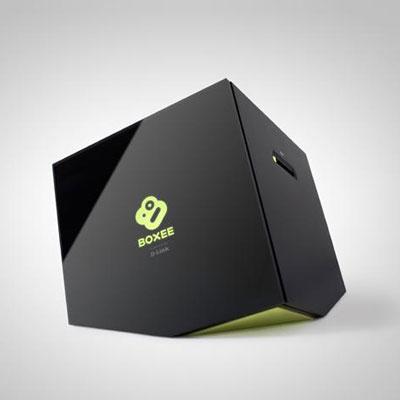
Boxee Box by D-Link
The Boxee Box by D-Link was one of the more intriguing products to grace CES 2010. The hardware device is based on Boxee media center software, a free open-source platform that was designed as a "social media center" that allows computer users to stream Internet video and rate and recommend the content to friends via social networking tools. The Boxee Box, developed by D-Link, acts as a set-top box that connects users' TVs and offers the same media and social networking services. The device went on sale last month, but the Boxee Box was criticized for a number of bugs as well as lacking NetFlix and Hulu support at launch.
Status: Launched to lukewarm reviews
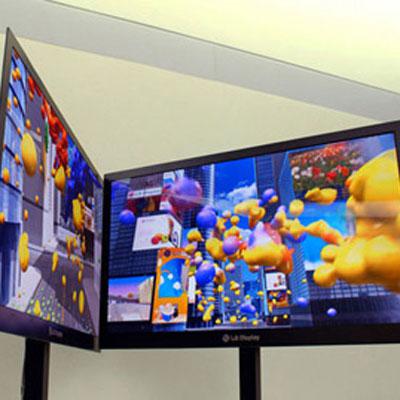
LG Extreme Slim display
About a month before CES 2010, LG began touting an innovative new display type it dubbed "Extreme Slim" that was the thinnest LCD display in world, measuring an incredible 2.6-mm-wide. The company trumpeted the Extreme Slim HD display, which boasted a 42-inch display and a 120-GHz refresh rate, in Las Vegas. But the super-thin displays are nowhere to be found. The link for the press release heralding the new displays is now dead, and the words "Extreme Slim" don't even show up in an internal search on the company's Web site. For some reason, the Extreme Slim displays seem to have vanished -- or perhaps LG has made them so slim that we literally can't see them.
Status: Missing in action
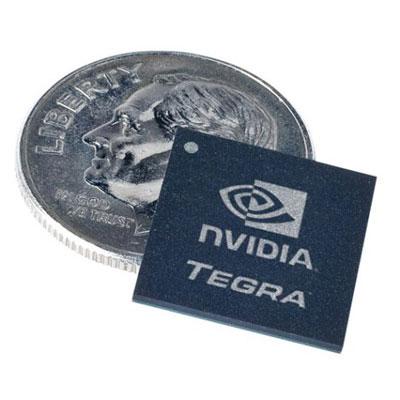
Nvidia Tegra 2
Nividia had made its name in the graphics processor market over the years, but the hardware company made a big splash at CES with Tegra 2, the second generation of its mobile processor. Nvidia jumped on the tablet trend early by showing off a number of devices in Las Vegas powered by the Tegra 2, which the company billed as the world's first dual-core ARM Cortex A9 CPU for mobile devices. The low power, high performance processor combines a small form factor with integrated graphics capabilities and is featured as the centerpiece for a number of tablet PCs, smartphones and digital media players. The buzz has been so good that Nvidia CEO Jen-Hsun Huang recently praised the Tegra 2 and said the mobile processor will become one of the company's biggest revenue drivers in the near future.
Status: Launched to early success
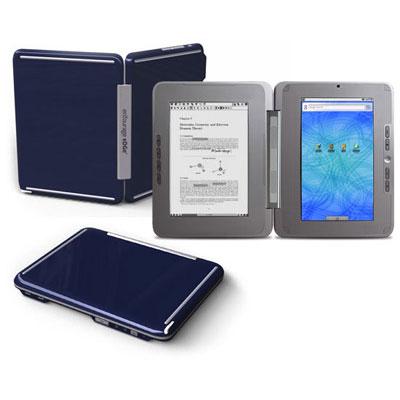
EnTourage eDGe Dualbook
CES 2010 was all about tablet PCs and e-readers, and EnTourage Systems attempted to combine the two form factors into one device. The McLean, Va.-based hardware maker introduced the eDGe Dualbook in Las Vegas, which is a half touchscreen tablet-half re-reader. The device features two 10-inch displays that fold open like a traditional laptop and also comes with digital notepad functionality complete with E Ink. While the feature-rich eDGe turned some heads at CES, the device has since been overshadowed by a slew of other tablet and e-reader products. Still, EnTourage's product was successful enough that the company was able to launch and later expand its own e-book store and also prepare a smaller, follow-up device for CES 2011: the Pocket eDGe, which comes with a 7-inch tablet touch-screen and a 6-inch e-reader display.
Status: Launched to modest success
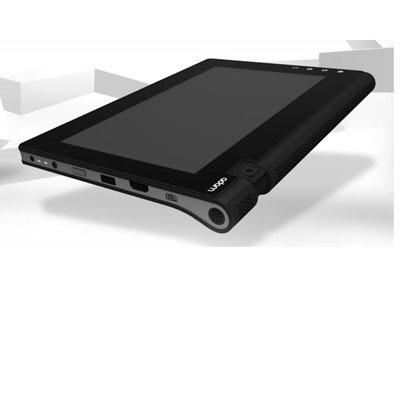
Notion Ink Adam
Notion Ink, a small Indian startup, earned considerable buzz leading up to CES with a mysterious "smartpad" device, which was revealed during the show to be the Adam tablet. Notion Ink's device features Google's Android operating system and Nvidia's Tegra 2 processor, as well as a 10.1-inch Pixel Qi touch-screen display, full HD video output and a funky 185-degree swivel camera. While the Adam received many accolades at CES, the device disappeared and was in danger of becoming the hardware equivalent of vaporware. But Notion Ink reportedly opened Adam pre-ordering recently, so the long-awaited tablet should start shipping at some point in the not-so-distant future.
Status: Delayed but currently open for pre-orders
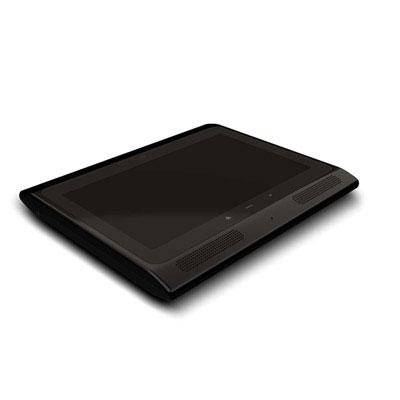
Innovative Converged Devices Ultra
Yet another tablet introduced in a sea of competitive touch-screen devices, Innovative Converged Devices' (ICD) Ultra was hyped prior to CES 2010 -- even getting some air time on "Late Night with Jimmy Fallon." And like Notion Ink's tablet, the Ultra is based on Android and Tegra 2 and was pegged as a possible challenger to Apple's iPad after a positive showing in Las Vegas (the company also showed off its Vega 16.5-inch extra large touch-screen tablet at the show). Following CES, ICD also teased another Android-based tablet model called Gemini, But the U.K.-based ICD appears to have gone somewhat dark since then -- its last press release is dated Jan. 7 from CES, and there's been no word on when the Ultra tablet -- or the Vega and Gemini -- will be released. Will ICD make another appearance at CES next month? Stay tuned…
Status: Unreleased and awaiting launch